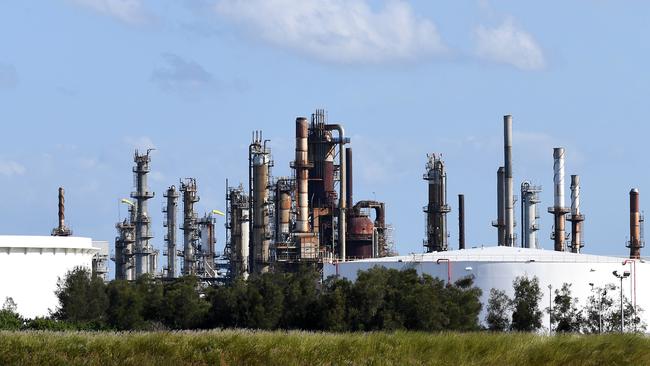How can we quench Australia’s growing thirst for fuel?
Australia’s appetite for liquid fuels has been outstripping its population growth. Now, climate change imperatives have never been more closely linked to national security.

In the 10 years before the Covid-19 fog engulfed the country, Australia’s appetite for liquid fuels – not including beer and wine – was outstripping its population growth.
Government data revealed that at this time, the country was drinking diesel at a rate increasing by 5 per cent each year.
The bumper sticker “Without Trucks, Australia Stops”, common on B-doubles rolling down the Hume Highway, summed up the country’s reliance on 18-wheelers to keep our goods and services moving 24/7.
Long before Elon Musk began sharpening his claws on the Australian car market, 98 per cent of our transport energy was derived from liquid fuels, with the transport sector accounting for 69 per cent of our liquid fuel demand.
Just 10 years ago, an energy white paper revealed no great cause for alarm. Liquid fuel security was assessed as “high, trending to moderate over the longer term”, reductions in oil and refining capacity were being “balanced by imports” and Australia had “ready access to mature, diverse and reliable international supply chains”.
But lulled into this false sense of “she’ll be right”, the government fell asleep at the wheel.
Under its membership obligations with the Paris-based International Energy Agency, Australia is required to hold a 90-day strategic reserve of transport fuels. This was a legacy arrangement dating back to the oil industry shock of 1974, as a result of the OPEC oil embargo.
Defence analysts were the first to spot the warning signs when, between 2012 and 2015, the number of refineries in Australia dropped from seven to four.
In a submission to a 2015 Senate inquiry into our transport energy resilience and sustainability, it was revealed that Australia had only 34 days of fuel stocks. But this, the inquiry was told, did “not represent all fuel in the Australia fuel supply chain”.
The NRMA strongly disagreed and pointed to gross inaccuracies in the accuracy and reliability of the data, as no mandatory reporting was required. Engineers Australia described the department’s satisfaction with tanker supplies on the water, heading to Australia, as tantamount to “the cheque’s in the mail”.
Meanwhile, the oil industry lobby questioned the logic of holding the equivalent of $6.8bn in fuel reserves when there was no evidence of disruption to the market.
Successive Coalition governments let the issue slide as, one by one, Australia’s refineries shut their gates and our reliance on imported fuel inexorably climbed. In 2017, the Australian Strategic Policy Institute published a paper entitled The Challenge of Energy Resilience in Australia. It identified fundamental and looming issues for defence and national security – fuel for ships, aircraft, and logistics support – and found Australia’s “persistent faith in global supply-chain stability could be sorely tested in the future if national oil companies make decisions based on security interests rather than commercial interests”.
Yet these alarm bells still went unheard. By September 2020, according to a government report, that 90-day public fuel stockholding had fallen perilously to just six days’ supply.
Politically hammered on the floors of parliament about this key security issue, on September 14 last year the federal government finally triggered its Fuel Security Package.
A series of multimillion-dollar measures were fast-tracked, including a new reporting framework, assistance to industry to build more storage and even funds to make sure compliance with international requirements did not falter in the future.
At that time, four refineries existed in Australia. Yet within 18 months, two more were gone, including the huge BP Kwinana operation in WA.
And the two refiners that remained – one in Geelong and the other in Brisbane – now firmly held the whip hand on government.

If Australia did not want to become 100 per cent dependent on foreign refining, those precious few had to be greatly encouraged to stay.
What ensued was the Fuel Security Service Payment, a production payments subsidy of more than $2bn linked to refining margins. If domestic demand fell – as it did during the early months of the pandemic – the subsidy would be paid at the highest rate. At the same time, almost $300m was paid for refinery infrastructure upgrades.
These support measures have plugged the bleeding. At least until 2030, when the agreement ends.
With this recent history as a guide, the pressure is on now to transition to land transport electrification including, where possible, components of our defence support capability.
Climate change imperatives have never been more closely linked to national security.







To join the conversation, please log in. Don't have an account? Register
Join the conversation, you are commenting as Logout